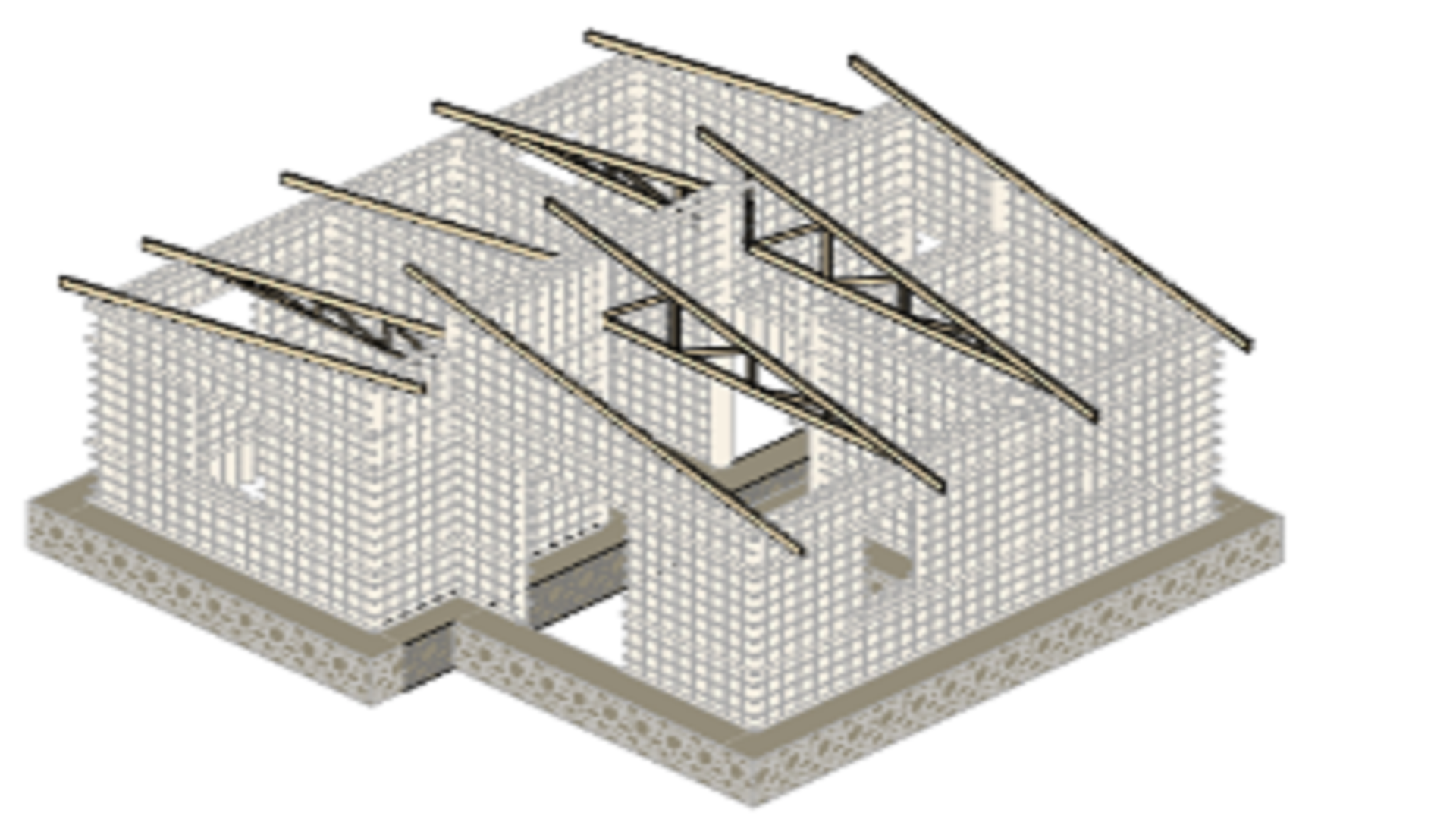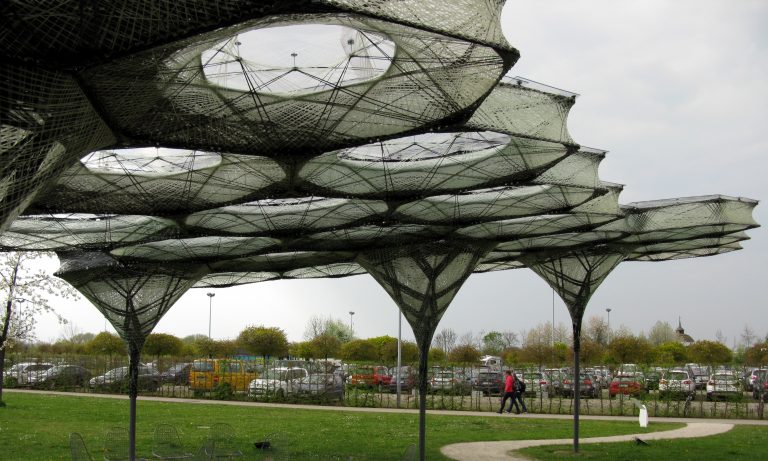Project Outcomes
Construction using locally sourced materials is an innovative approach lowers carbon emissions and also promotes affordable housing. In addition, it addresses the growing global demand for sustainable shelter solutions. Statistics from UN-Habitat suggests that three billion people will need access to adequate shelter by 2030. As a result, developing innovative earth-based construction methods and reviving traditional building techniques are essential to closing the global housing gap while providing affordable and sustainable solutions. The objective of this project was to develop the wood and earth-based construction system known as wattle and daub. EarthEnable had previously designed and constructed three prototype homes using Adobe block as the primary walling system. However, this project aimed to conduct research and testing on wattle and daub, with the goal of further developing the designs. Another objective was replacing Adobe with wattle and daub as the main construction material. Field and desk research were conducted to collect information on how wattle and daub houses are traditionally built and their modern adaptations in other regions. This was followed by the analysis and design of the modelled wattle and daub houses. CAD drawings and analytic models were first produced, enabling the design and development of prototypes. This was followed by the costing, which was compared with those of adobe prototypes. Lastly, construction guidelines and best practices for constructing wood and mud-based buildings was developed.
Outcome: Wattle and daub designs and cost comparison report, along with construction best practices, to enhance its sustainability and promote its use as an affordable housing alternative.

Wattle and Daub Architectural 3D Model
